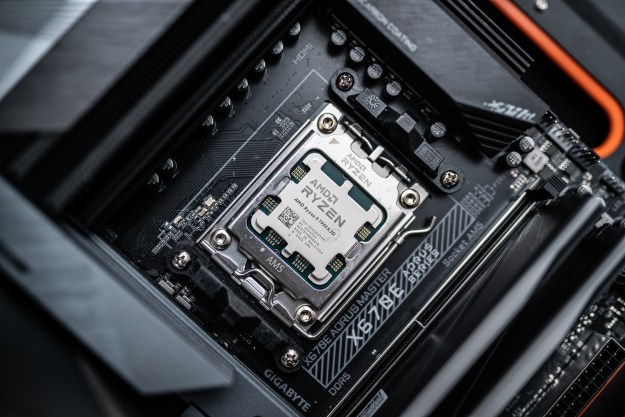Lumii is setting course to replace “traditional optics with algorithms, to create high-quality, glasses-free 3D experiences,” as stated on its website. Using inkjet printers, the startup has been able to create full color holograms, and it recently showed off its latest advancements at Siggraph 2016, a computer graphics and interactive techniques conference.
Tom Baran, cofounder and CEO of Lumii, told ElectricTV at the conference that the printers the company uses are very similar to the consumer-grade products we use today.
“The way that we do it is instead of using specialized optics like lenses, we use algorithms to take a 3D model — the kind of model that you might use in a program like AutoCAD or a CAD package — and we turn that into a special patterns,” Baran said. “And when you print the patterns and lay them on top of one another, you get a 3D effect.”
Headed by Baran, Matthew Hirsch, and Daniel Leithinger (all from MIT), Lumii’s holographic images provide a full parallax image, so you can look at the final product horizontally or even vertically, and you’ll still get the 3D effect.
At Siggraph 2016, the company set up a booth, 3D-scanned people’s faces and created small souvenirs printed on Epson inkjets to gave out to visitors.
As for the Lumii’s commercial future, Baran has his eyes on out-of-home advertising.
“You know all those lightboxes in airports and malls, we’re rolling out a print service in the coming months where you can take one of our Lumii prints, which is a rigid insert, insert it in one of those lightboxes, and you get what amounts to a full color holographic advertisement,” Baran told ElectricTV.
As for the consumer space, Baran sees opportunity in the DIY market.
“You can take a 3D model and put it into our service, and then at home you can create these Lumii lightfield prints,” he said.
Lumii’s service is now in the alpha phase, and is taking signups on its site.
Editors' Recommendations
- The one AMD 3D V-Cache processor you should avoid at all costs
- Nice try, Intel, but AMD 3D V-Cache chips still win
- What is a 3D printer, and how much do they cost?
- AMD’s latest V-Cache chip proves to be cheap, fast, and perfect for gaming
- AMD’s upcoming Ryzen 5 5600X3D could completely dethrone Intel in budget builds


